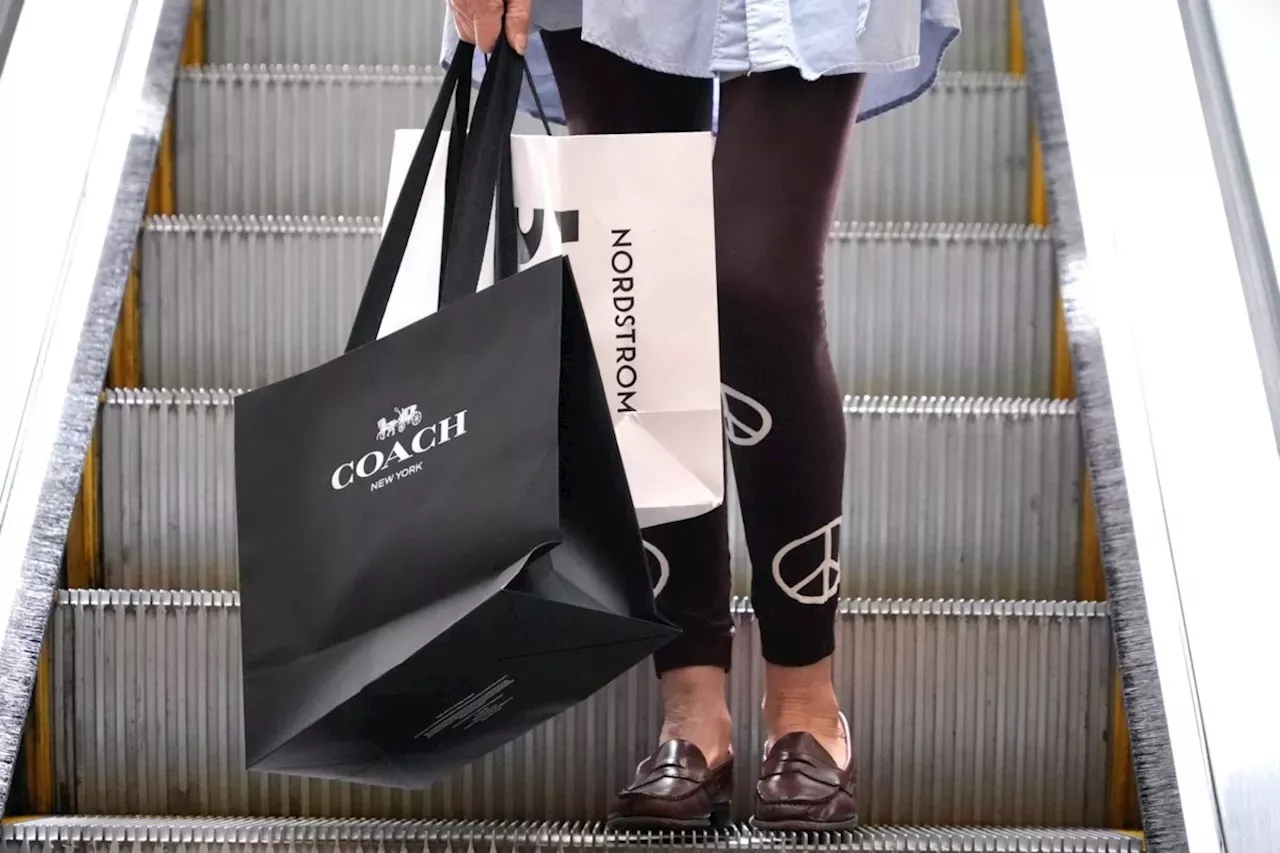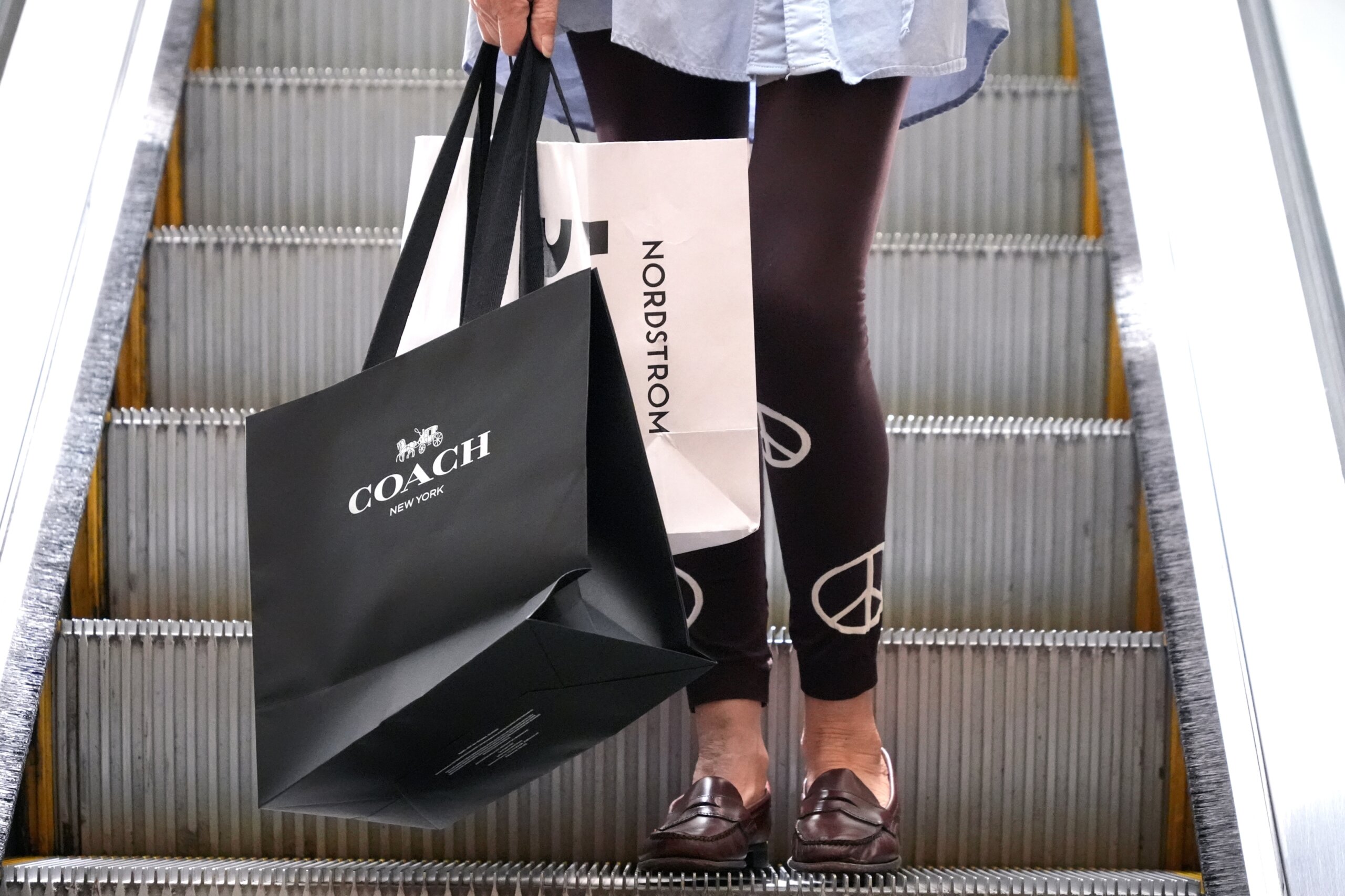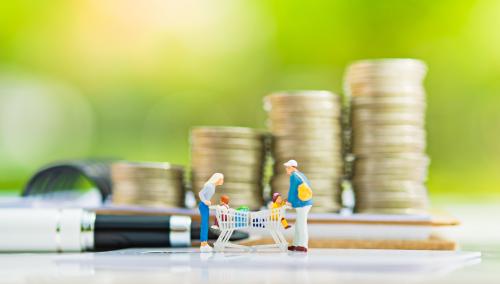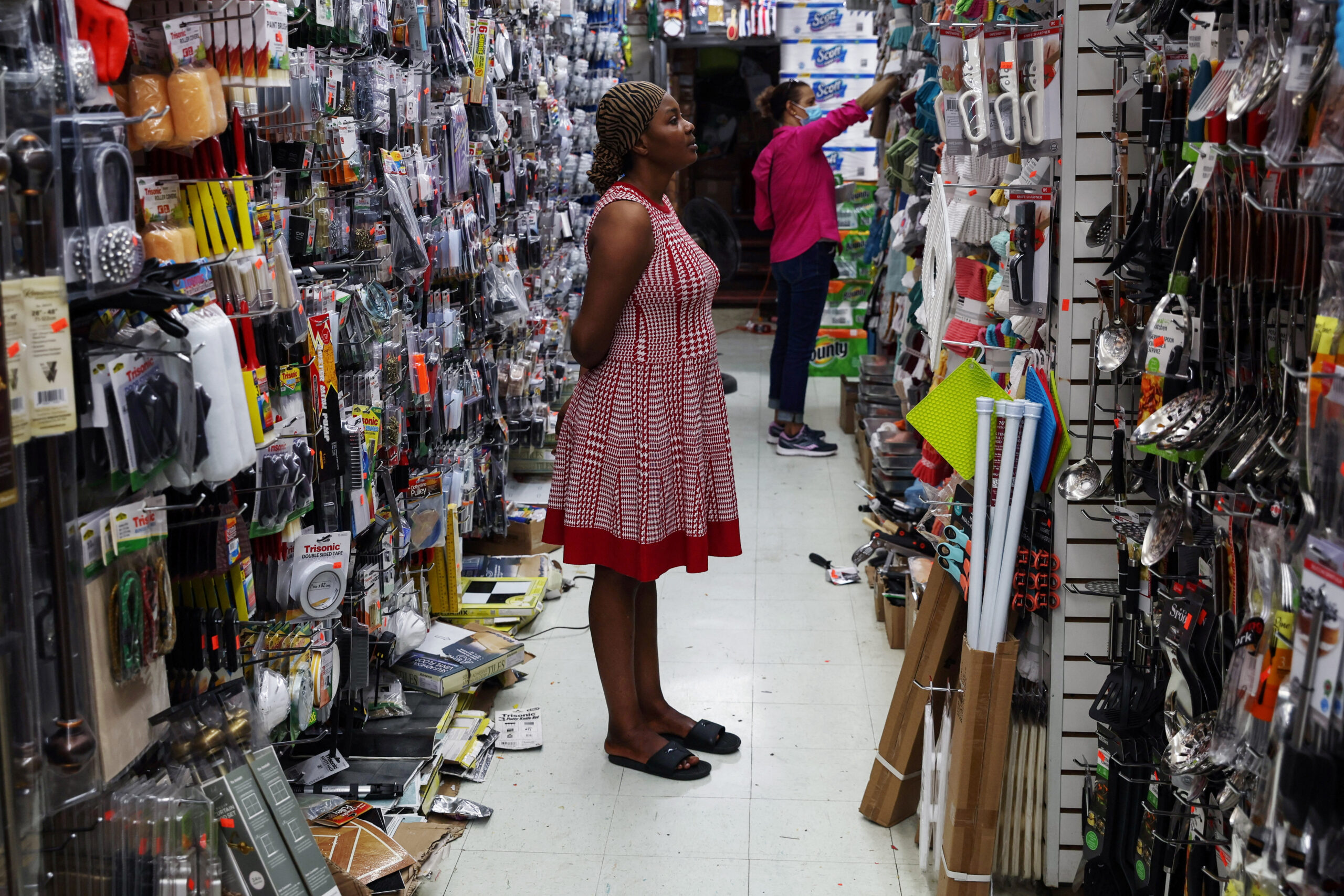








Recent analysis from the Brookings Institution highlights the current state of household finances in the United States, revealing a complex relationship between consumer spending and economic indicators. Despite a solid increase in consumer spending, which is currently 12% higher than levels seen in late 2019, real disposable personal income has remained weak since early 2022. This disparity suggests that while consumers are spending more, their income growth has not kept pace, raising concerns about the sustainability of this spending behavior. [42643d63]
A report from CEOWORLD magazine emphasizes that wealthier Americans are driving retail and restaurant spending, largely due to significant gains in income, home equity, and stock market wealth. The Federal Reserve's research indicates a marked shift in spending patterns since the pandemic, with upper-income households increasing their spending by 17% since January 2018, compared to just a 7.9% increase for lower-income households. This trend is further reflected in inflation-adjusted consumer spending, which rose by 3% in 2022 and 2.5% in 2023. Retail sales also saw a 0.4% increase from August to September 2024, indicating ongoing consumer activity, while restaurant sales surged by 1%. [2afba01c][b6d1b5a0]
According to a recent report by the Associated Press, wealthier Americans are continuing to drive retail spending despite high prices, with middle- and high-income households fueling strong demand for retail goods. In contrast, discretionary spending among the lowest-income Americans has fallen by 2.5 percentage points since 2019. Michael Pearce from Oxford Economics highlights the ongoing strength of wealthier consumers, indicating a significant shift from pre-pandemic spending patterns. [0cde0f80]
A new report from the Niagara Gazette reinforces these findings, noting that home equity for the wealthiest Americans has increased by 70% to $17.6 trillion, while stock and mutual fund wealth rose 86% to nearly $37 trillion in 2024. This surge in wealth has allowed upper-income households to increase their retail spending significantly, while lower-income households struggle with rising costs of necessities. Economists suggest that overall consumer spending will remain strong despite pressures on lower-income households. [7fbd7968]
The analysis from Brookings also indicates that household wealth has increased, contributing to a high wealth-to-income ratio. However, the equity homeowners can borrow against has become costly, complicating financial decisions for many households. The homeowners' equity-to-income ratio peaked at 0.6 in 2022, reflecting the challenges faced by homeowners looking to leverage their assets. Additionally, the corporate equities-to-income ratio has also seen an increase during this economic cycle, further illustrating the shifting dynamics of household finances. [42643d63]
Economists are divided on the future outlook for consumer spending. While strong household wealth and anticipated declines in mortgage rates may bolster spending, there are concerns about potential declines in goods spending and modest growth in real income. Retail spending growth has been notably stronger among educated workers, while renters, who initially saw spending increases, are now showing the smallest gains. Homeowners with low fixed-rate mortgages enjoy more disposable income, while recent homeowners since 2022 are experiencing declining retail spending. The Federal Reserve's ongoing monitoring of these trends is critical, especially as inflation continues to impact purchasing power. [e7c539fc][71017b83]
As consumer spending remains a significant driver of economic growth, the interplay between spending habits and household financial health will be crucial in shaping the U.S. economy's trajectory. With rising living costs affecting lower-income households more acutely, the gap in spending behaviors across income levels is widening, prompting economists to closely examine the implications of these trends. [1bb768c4]
Overall, the current economic landscape reflects a delicate balance between consumer confidence, spending habits, and household wealth. As Americans navigate the post-pandemic financial environment, their choices will be pivotal in determining the future of the economy. [0bb3b05c]